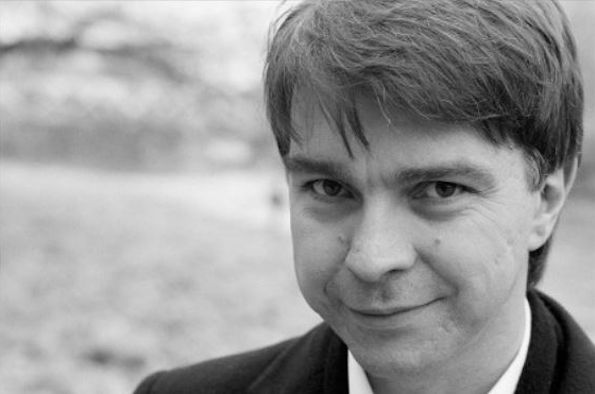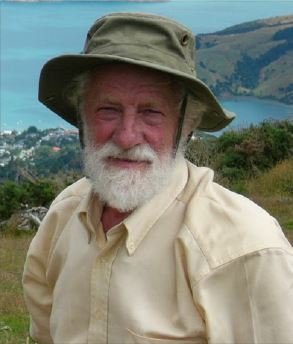Inaugural Terry Wall Lecture 12th May 2017

The inaugural Terry Wall lecture was delivered by Professor Stanislav Smirnov on “What is a ferromagnet? - The Ising model from 1920 to the present day”.
The lecture took place on Friday 12th May at 4:00pm in the Rotblat Lecture Theatre in the Chadwick Building. (Building #207 on the University campus map).
Please find additional information below, and the lecture poster.
About the Terry Wall Lecture
The Terry Wall Lecture, an annual lecture on a topic in Pure Mathematics (broadly construed) by an internationally distinguished speaker, is taking place in 2017 for the first time. The lecture is named in honour of Professor Terry Wall FRS, Professor of Pure Mathematics at the University of Liverpool from 1965 until his retirement in 1999. During this time he served terms as Head of the Department of Pure Mathematics and as President of the London Mathematical Society. His research has been recognised by a number of prestigious awards and honours, including the Senior Whitehead Prize and the Pólya Prize of the LMS, the Sylvester Medal of the Royal Society, and election as a Fellow of the Royal Society.

Professor Terry Wall FRS
About the speaker
Professor Stanislav Smirnov received his PhD in 1996 from the California Institute of Technology under the direction of Nikolai Makarov. Having worked at Yale University, Princeton, Bonn and Stockholm, he is a Professor at the University of Geneva, Switzerland, since 2003, and since 2010 he is also director of the Chebyshev Laboratory at the St.Petersburg State University.
Smirnov has worked in the areas of analysis, dynamical systems and mathematical physics. His research was awarded several international prizes, including the Clay Research Award (2001), the Salem Prize (2001), the Göran Gustafsson Prize (2001) and the Prize of the European Mathematical Society (2004). In 2010, he was awarded the Fields medal, the highest honour in mathematics, for the proof of conformal invariance of percolation and the planar Ising model in statistical physics.
About the 2017 lecture
The Ising model is an archetypical model of the order-disorder phase transition: though simple to formulate, it exhibits a complex behavior, much like the real-world phenomena in solid-state physics, ferromagnetism, chemistry, biology, computer science.
In 1920 the physicist Wilhelm Lenz proposed to model ferromagnetic materials by a lattice of plus-minus spins with interacting neighbors. His student Ernst Ising solved the model in dimension one four years later. The one-dimensional behavior turned out to be trivial, with no phase transition when the interaction strength changes, and for a decade people searched for other possible models. However, a ferromagnetic phase transition was established by Rudolf Peierls in higher dimensions, and in 1944 Lars Onsager famously calculated the free energy for the Ising model in two dimensions.
Since then the Ising model became widely studied, as it exhibits complicated phase transition behavior, yet allows a very detailed analysis in dimension two. We will give a historical introduction to the model, and then describe some recent results.